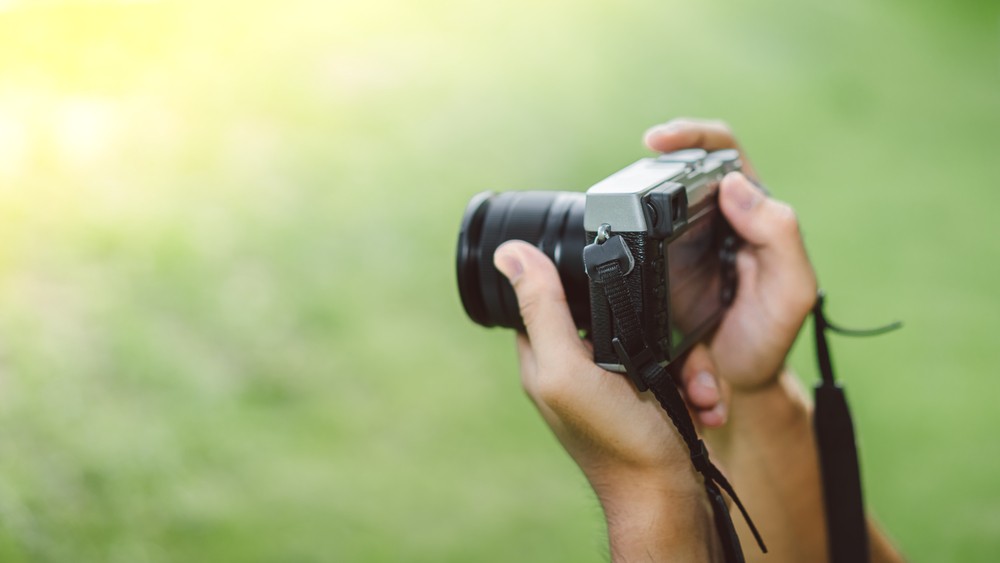Four things to consider before buying a new camera. Aspiring to be a photographer but confused which camera to try out? Or maybe just tired of the camera on your digital phone and feel like using a professional camera for a change?

Never fear and don’t let camera terminology intimidate you. According to Popsci, the following tips and tricks will help you pick a digital camera, tell you how much to spend and also other issues that you might want to consider.
- Camera type
Forget all those camera brand names—first, you want to know whether you want a camera with an attached lens, which you can’t change, or a camera with interchangeable lenses.
Most basic cameras have an attached lens, also known as point-and-shoot cameras. However, if you plan to be a professional photographer, using this type of camera is not recommended. With prices ranging from US$100 to $1,000, these products are competing with smartphone cameras that are becoming more sophisticated and handy.
On the other hand, there are digital single lens reflex (DSLR) cameras and mirrorless cameras—two cameras types with interchangeable lenses. It can be easy to confuse the two as both look similar but a DSLR has a mirror and prism system while mirrorless cameras have an imaging sensor and viewfinder. DSLR cameras also have a better battery life than mirrorless cameras.
Both these cameras tend to be faster and have stronger specs than a point-and-shoot camera, including better image quality even in low light conditions. Starting at prices between $300 and $400, a professional model might even go up to $6,000 for the DSLR and another $4,000 for the mirrorless model—and that does not include the camera lens.
The last type of camera is known as a bridge camera. This is the camera between the point-and-shoot and the DSLR. With powerful features, bridge cameras only have a single fixed lens. This is the camera that is perfect for those who want a better camera than the usual point-and-shoot cameras but do not want to change camera lenses. Their prices can go from a couple of hundred dollars to a couple of thousand dollars.
- Camera specs
The most important thing about any photo-taking devices is the number of megapixels. This also refers to the number of pixels in the final image file—the more pixels indicate a higher picture quality.
The quality of the photo depends on the sensor that is in the camera and how big it is. Large sensors pick up more light and will give a better result. The size of the sensor will also affect the field depth—the bigger it is, the better the field depth.
When it comes to zooming in, we know that cameras also have better zoom quality than phones—they can zoom very far in without causing the images to blur and pixelate. Even point-and-shoot cameras still have refined zooming features that can compete with a mobile device.
Another important term is the ISO quality of the camera, which measures how sensitive the camera is to light. Look at the ISO levels when buying a camera. A higher ISO level is good, but too high can cause more digital noise in the photo.
- Lens specs
If you’re planning to shoot different types of pictures in different locations such as a butterfly photo or a nightclub photo, you might need to take different lenses. The terminology with lenses is generally fixed, and two terms that you will frequently come across are the f-number and focal length.
The f-number controls the amount of light that can get into the camera through the lens aperture. But the bigger-the-better logic does not apply: the smaller the f-number, the more light can enter into the camera.
Meanwhile, focal length describes the angle of view you will get with the lens attached to your camera. For instance, most entry-level and some mid-level DSLRs come with a “kit lens” with an 18-55m focal range, also known as a “standard” zoom.
- Other things to keep in mind
Of course, do some more research—compare different cameras and look at their reviews on the web. Don’t forget that you will also have to spend money on the camera’s bag and the lenses.
You can also develop your photos with an advanced editing program like Photoshop to make the picture look even better. Four things to consider before buying a new camera (ely/kes, The Jakarta Post)





 Obamas’ Production Company will Make Podcasts for Spotify
Obamas’ Production Company will Make Podcasts for Spotify 